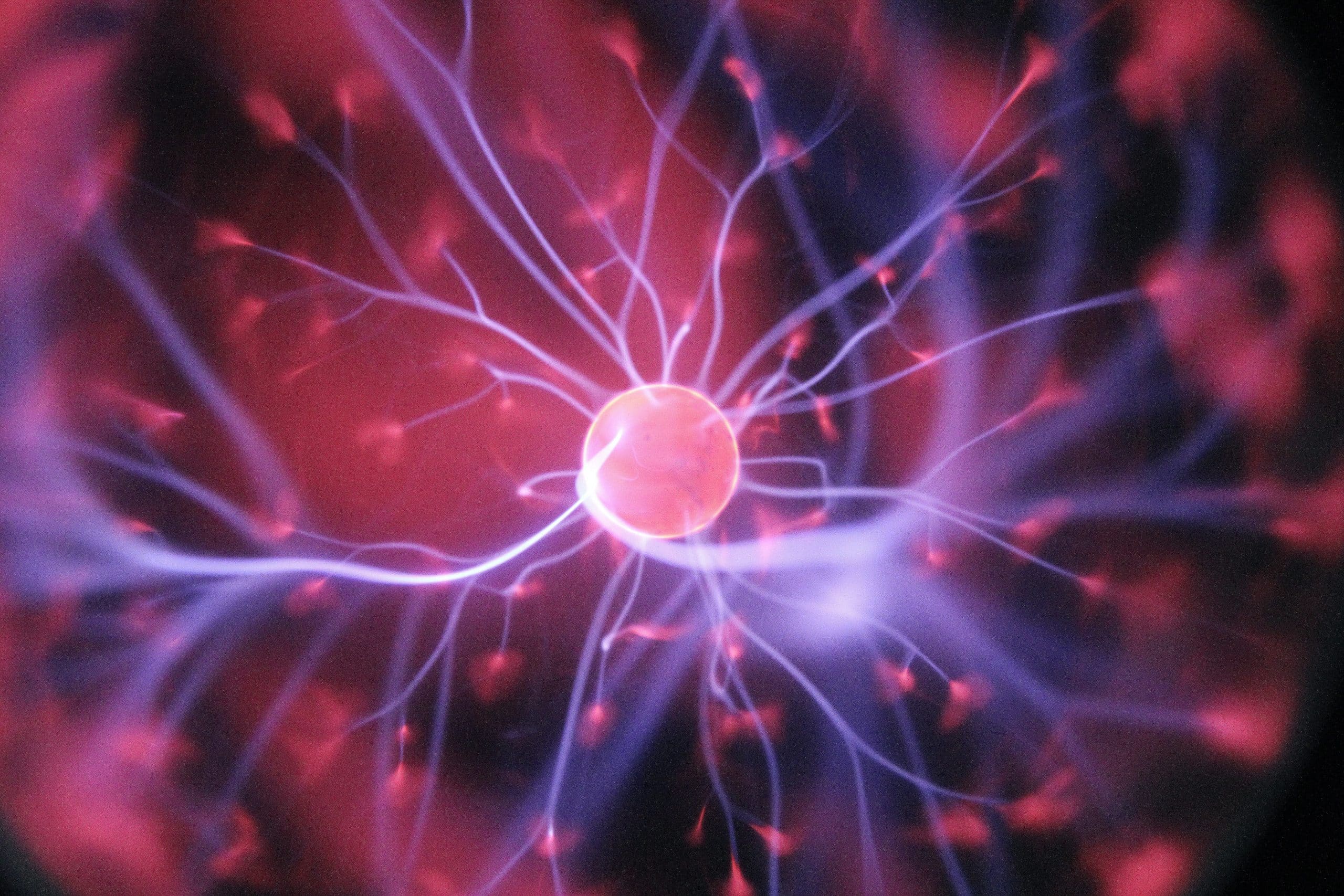The idea behind Theranexus was conceived by Franck Mouthon (CEO) and Mathieu Charvériat (Scientific Director) when they were working together at the Commissariat à l’énergie atomique (CEA), before cofounding the company. They were involved in examining the role of non-neuronal cells, called glial cells, and in particular the role of astrocytes, cells that surround neurons and interact closely with them to the point of modulating their activity.
They launched Theranexus in 2013, focusing on the impact of glial cells on neurological diseases. In 2017, the company was listed on the Euronext Growth market in Paris (FR0013286259- ALTHX).
At the beginning of 2022, the biotech’s management announced that it would focus more specifically on rare neurological diseases, with two principal projects.
“With its Batten-1 candidate, Theranexus is poised to offer the first treatment for the juvenile form of Batten disease. It could significantly slow down the development of this disease and thus prevent any worsening of its symptoms. As for our NeuroLead platform, the difference with its competitors is that it does not merely model neurons. It includes the neurons and their support cells in culture systems that are more representative of the complex architecture of the brain,” Julien Veys, Director of Business Development.
Batten-1 is a drug candidate that targets the juvenile form of Batten disease, an ultra-rare genetic disorder that affects between 1,500 and 2,000 children and young adults worldwide. It causes blindness around the age of 10/12. Patients’ neurons degenerate, with resulting neuropsychiatric and motor disorders. Patients generally die before the age of 30. No treatment is currently available for this lysosomal illness. Theranexus acquired the Batten-1 candidate, jointly with the Beyond Batten Disease Foundation (BBDF), a US association of parents of children affected by the disease, which has financed research work.
This molecule is used to prevent the synthesis of the products that eventually accumulate in the lysosome and lead to neuronal death. It is in phase 1/2 in the USA. Phase 3 will be launched in the first half of 2023, with BBDF, and will be carried out both in the USA and Europe. A cohort of 60 patients will be followed for 3 years. “We are the furthest ahead in developing a treatment for Batten disease. We are also working closely with the regulatory agencies to define the correct development path for this product,” said Julien Veys. This molecule may benefit from accelerated marketing and thus be made available as early as 2026.
The company’s second flagship project, the NeuroLead discovery platform, is operated jointly with the CEA and the Collège de France. It aims to model rare neurological diseases using human cells to identify new targets of interest and new drug candidates. “We start with healthy human cells and introduce mutations of interest, which allows us to better understand the biological effect of these mutations and their impact on the nervous system,” Julien Veys stated. Research is concentrated on lysosomal diseases and the indications of neuronal hyperexcitability. In April 2022, NeuroLead reached a first milestone by generating several models of rare neurological diseases.
In addition to a presentation on June 14, Theranexus will be at BIO International to promote its project, with the aim of finding not only partners for the commercial phase, but also potential customers for its platform. It was moreover at this convention that the Batten-1 project was born, from a meeting with BBDF. “BIO represents an excellent opportunity to maintain contact with our relations in industry and academia, allowing us to promote our solutions to as many people as possible while discovering the technologies developed by American universities or foundations,” Julien Veys said.



